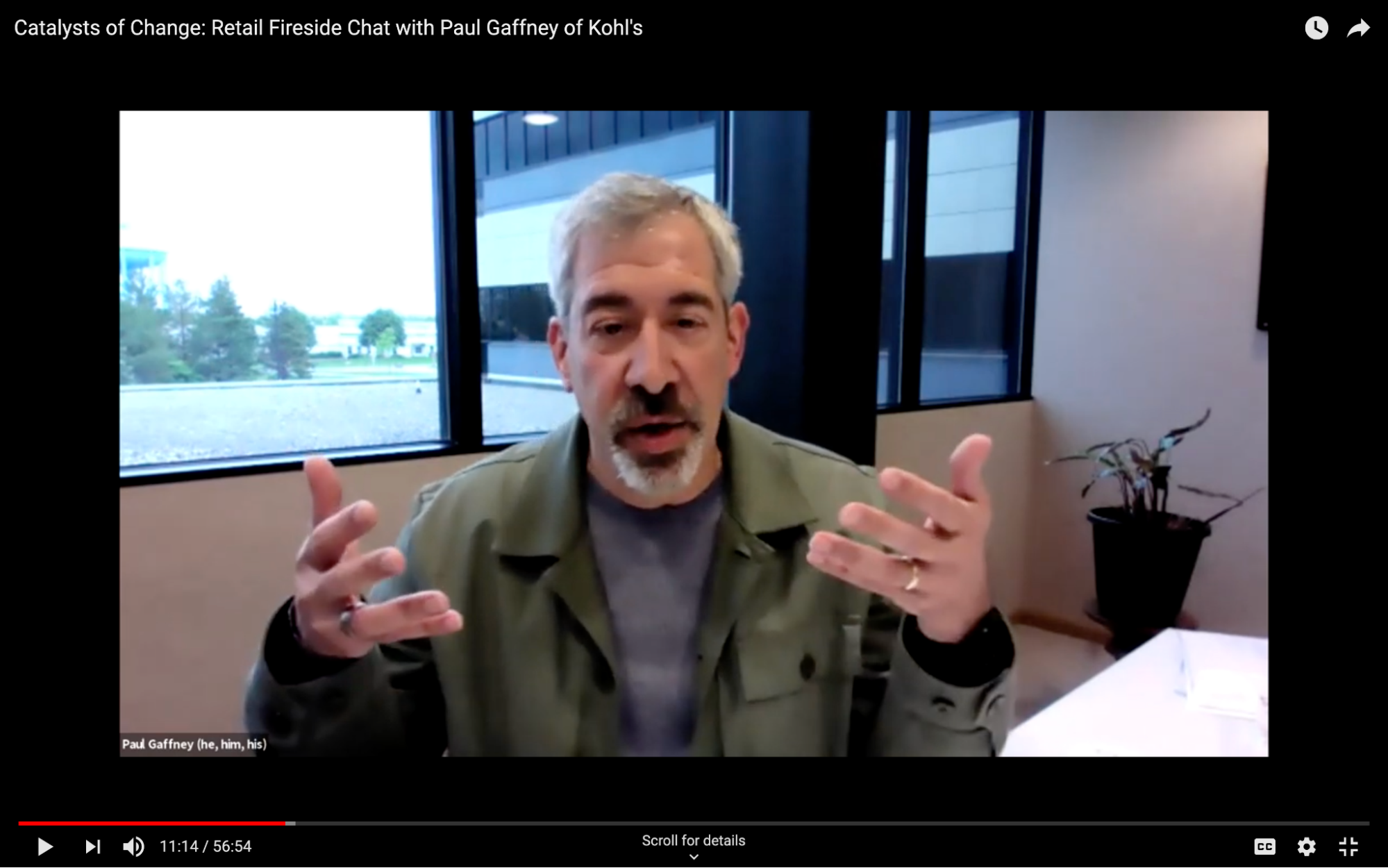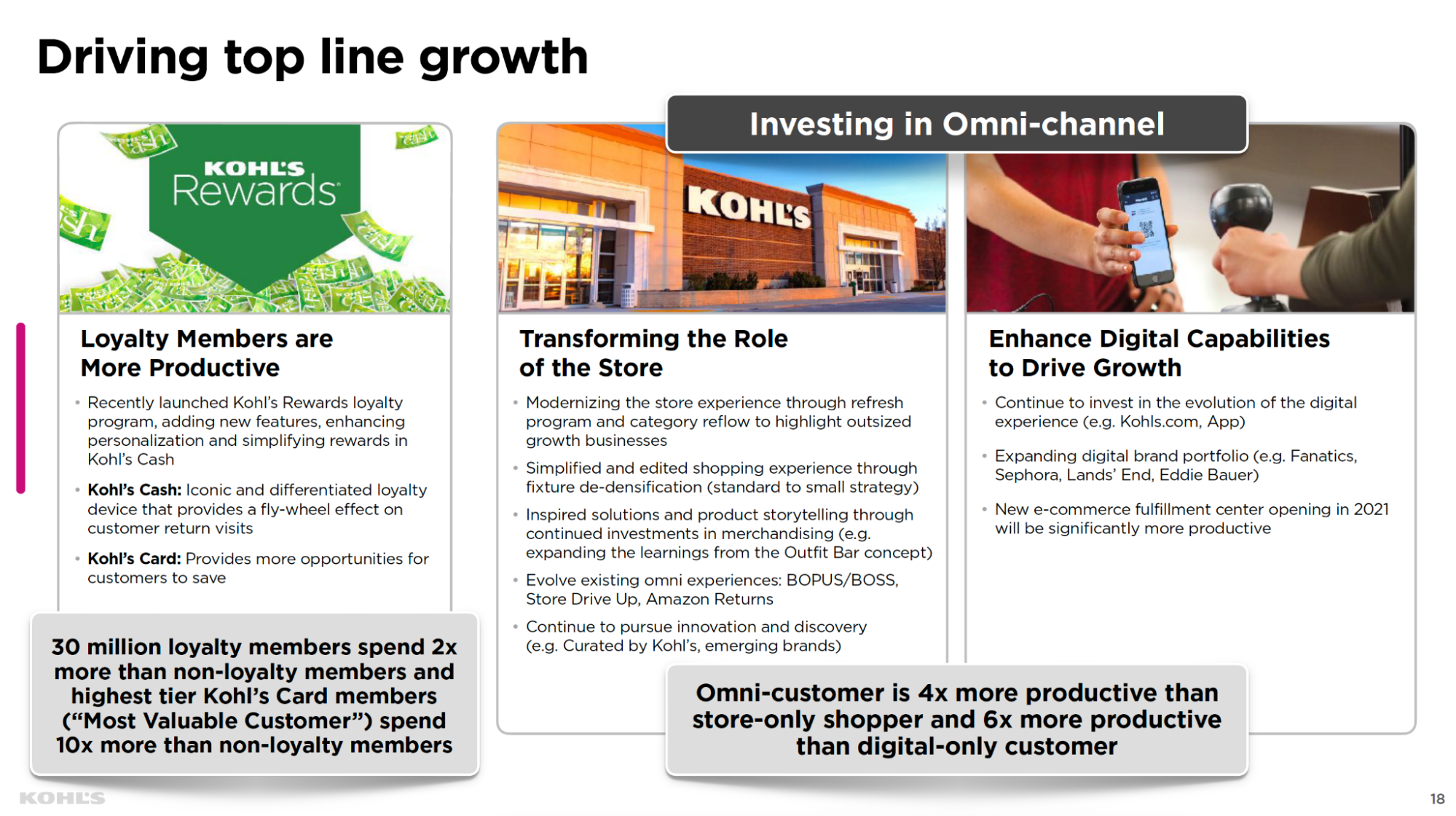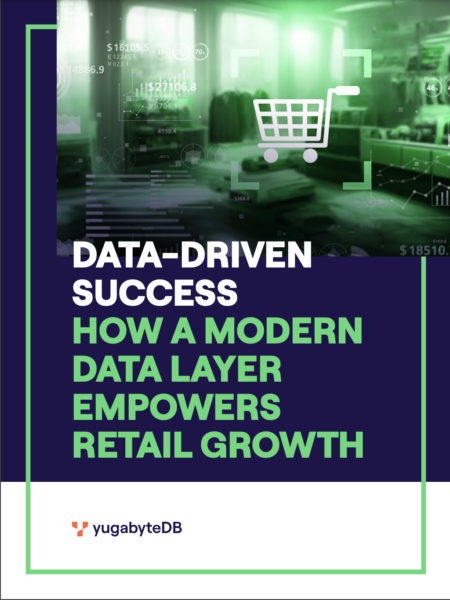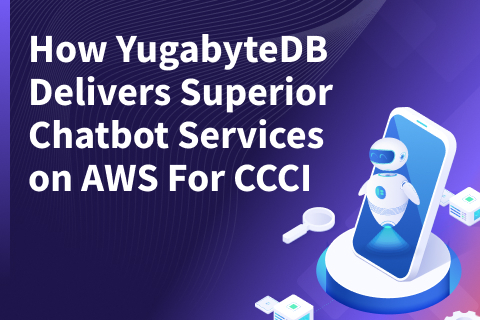Customer Chat with Paul Gaffney of Kohl’s
A few weeks ago, Yugabyte CEO Bill Cook and I had the pleasure of speaking with Paul Gaffney, the CTO and Chief Supply Chain Officer of Kohl’s during a virtual fireside chat as part of our Catalysts of Change series. Paul is a visionary tech leader with an extensive track record of driving technology change and innovation at companies like Dick’s Sporting Goods, The Home Depot, and AAA of Northern California, Nevada, and Utah.
In his role at Kohl’s, Paul has oversight of all technology innovation and digital platforms that are behind Kohl’s omnichannel business.

In this post, I capture the main themes from our wide-ranging discussion. You can watch the full conversation here.
Competition in retail transcends categories
70% of the US economy is in the retail consumer business. In retail, some things have stayed the same and some have changed drastically over the past 10-15 years. The role of a great product at great value with great service has not changed. But how that has manifested itself has changed.
The average customer is now much more knowledgeable about their choices. Consumers used to compare choices and experiences within categories — one grocery store vs another, one apparel store vs another, one hardware store vs another, and so on. But now, the customer compares choices and experiences everywhere to the best experience they’ve gotten anywhere. So if they’re searching on an e-commerce site, their comparison point is Google. If they’re interacting with an app, their comparison point is an Apple product.
Retailers have to compete against not just their traditional competitive set anymore, but against the best players in all these areas. Even for simple things like in-store checkout, people will compare their experience at any given retailer with the checkout experience at the best store.
Software underpins differentiated experiences
Management teams are realizing that even if their heritage business isn’t technology forward, they have to get good at running and managing software. This is particularly true for software that faces its customers and frontline workers in retail organizations. While software has always played an important role in streamlining operations in retail, it is now behind most of the differentiated customer experiences as well.
We are seeing this play out at Kohl’s. Many of the key initiatives to drive top line growth at Kohl’s have software at their heart. For example:
- Cultivating the loyalty of over 65M customers is critical to Kohl’s success. Their technology-based loyalty program is continuously being enhanced and used to deliver a personalized experience to their customers.
- Kohl’s is always looking for ways to run stores more economically while giving customers an awesome in-store experience. It turns out that this often doesn’t require flashy customer-facing technology, because the reality is that customers often don’t interact directly with the tech. The real role of technology is to make the associates’ job easier, so they can spend more time with customers rather than on backroom tasks, enabling the high quality engagement the business needs.
- On the digital front, the important dimension is enhanced experience. Customers value their time and they gravitate towards sites that satisfy their needs quickly. An expanded digital brand portfolio, faster online checkout experience, and simple logistics play a big part in enabling this.

Figure: Key initiatives to drive top line growth at Kohl’s (Source: Kohl’s 2020 Q4 Earnings Presentation)
Organizations need a new software-centric playbook
In order to make software a core competency IT organizations need a new playbook. In the traditional infrastructure-centric model, enterprise IT focuses on deploying infrastructure on which the company runs other people’s software. But traditional enterprise software has failed to meet the changing needs of customers and frontline workers.
The modern tech organization needs to be software-centric. The company handles a lot of the user interface design and software heavy lifting in-house by hiring talented engineers as well as freeing talented engineers in the organization who were previously constrained by waterfall practices. These engineers have the freedom to exercise their creativity in choosing a modern tech stack.
From looking at digital transformation across a broad range of organizations, one thing is crystal clear – companies have to get out of the old school model of building software for sponsors and instead build software for end users, namely the frontline workers. These are the folks who drive the economic engine. Their experience of the 400,000+ in-store employees at Home Depot or the 100,000 in-store associates matters to the business. Good cultures recognize this.
Transactional databases are the last roadblock to a fully cloud native stack
In deciding which parts of their stack to build vs buy, tech organizations should lean towards owning the user interfaces and application software that touches customers and frontline workers, and using machine abstraction technologies like virtualization, app frameworks like Spring, etc. that meet the needs of their applications. In picking the components of their tech stack, they should opt for cloud native, future-proof solutions that scale horizontally rather than vertically provide flexibility and freedom from lock-in.
The problem of how to manage transactional data in modern microservices-based environments has not been solved. In the modern tech stack, the database is the odd one out, because the other parts of the stack are cloud native.
Making it more straightforward to treat a transactional database as a horizontally scalable natively sharded resource manager will be a gift to all of us.
Paul Gaffney
CTO and Chief Supply Chain Officer
Kohl’s
Technology teams should be organized along product domains
How do you organize your teams to rapidly deliver software iterations to your end users? Companies have to embrace a product mindset. This is an approach that companies like Amazon pioneered. They define and organize their business in terms of software services (e.g., customer favorites, purchase history, shopping cart). Teams are given autonomy and are free to interact with each other through a software expression of the business that they’re in. They structure product teams so they’re good at answering three big questions:
- (Design) What’s going to make end users happy?
- (Product management) What’ll make money for the firm?
- (Engineering) What’s going to make reliable technology?
When you try to implement this in a large enterprise, you end up with 80-100 independent information domains. Trying to centrally coordinate decisions across these teams won’t work. You instead need to define a culture of collaboration and experimentation where the North star of customer obsession is clear.
For example, if a team wants to try something that hasn’t been done before in the organization, they should socialize the concept and get buy-in. Teams need to think not just about not just how a decision is going to help them accomplish their product goals, but also how it will help the whole enterprise.
Technology should be in service of business objectives
You have a limited amount of resources in the organization. How are you maximizing the percentage of resources that are creating tangible value for the firm versus just making sure that the firm can run? IT organizations should pay close attention to which activities are above the “value line” i.e. delivering value to customers.
For example, while a CI/CD pipeline is an essential feature of a modern organization, there should be no more than one universally adopted pipeline in the org. You should make deployment options configurable but limit the options. Having many pipelines or deployment options increases the overhead. Technology teams need to be careful about the future debt that they are creating with their decisions.
Where retail is headed: back into the store
People love the in-store shopping experience, and no one has managed to replicate the joy of serendipitous product encounters in a non-analog world. There is no equivalent of browsing the aisles of a well-stocked store and discovering products that you didn’t know existed that you didn’t know you needed. At the same time, the online shopping experience will also see step function innovation in how people shop.
Wrap-up
We thank Paul Gaffney for sharing his valuable insights on leading digital transformation gleaned from decades of experience in several companies. As an attendee put it, the chat was a “masterclass in technology management.” With the right infrastructure solutions and app frameworks in place, organizations can focus on the building and running software and services that deliver differentiated experiences to their customers and frontline employees.
How a Modern Data Layer Powers Omnichannel Success
 Master omnichannel success with YugabyteDB, and discover how top retailers optimize operations, diversify channels, and elevate customer experiences.
Master omnichannel success with YugabyteDB, and discover how top retailers optimize operations, diversify channels, and elevate customer experiences.


